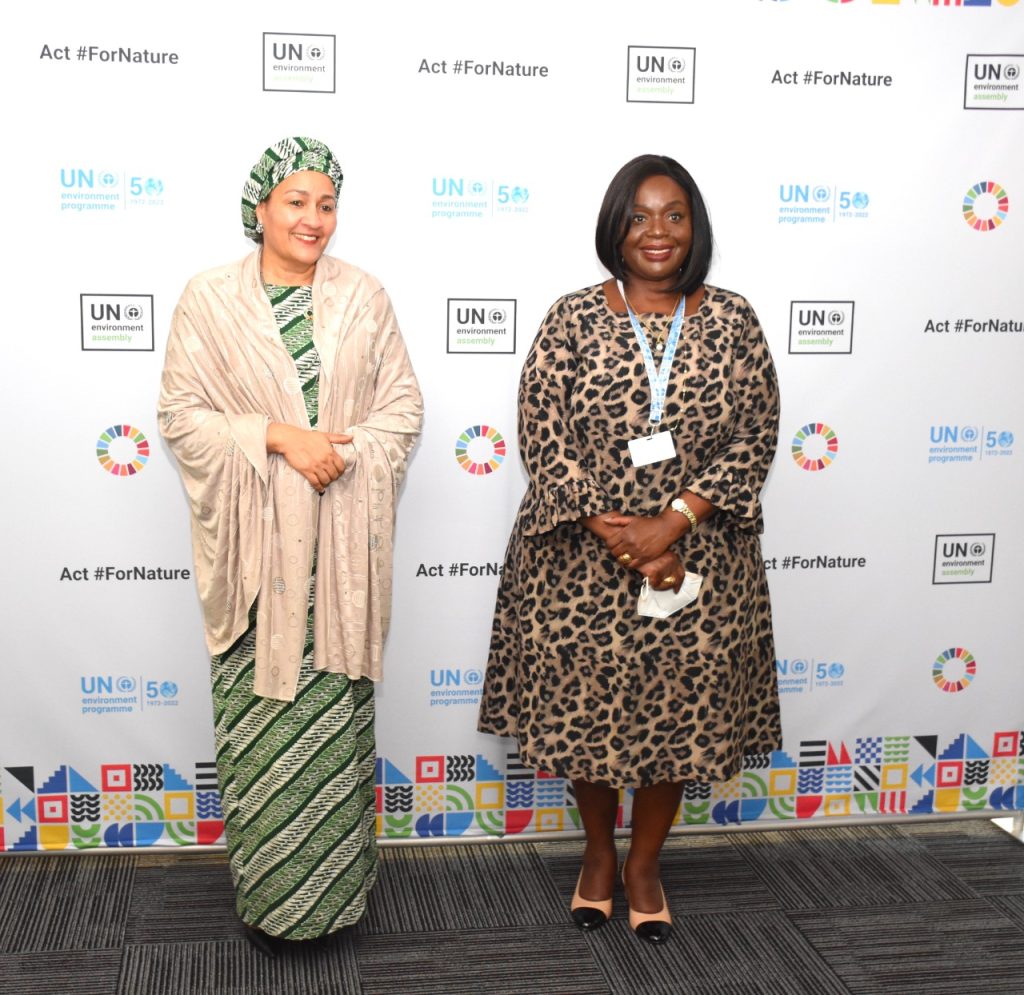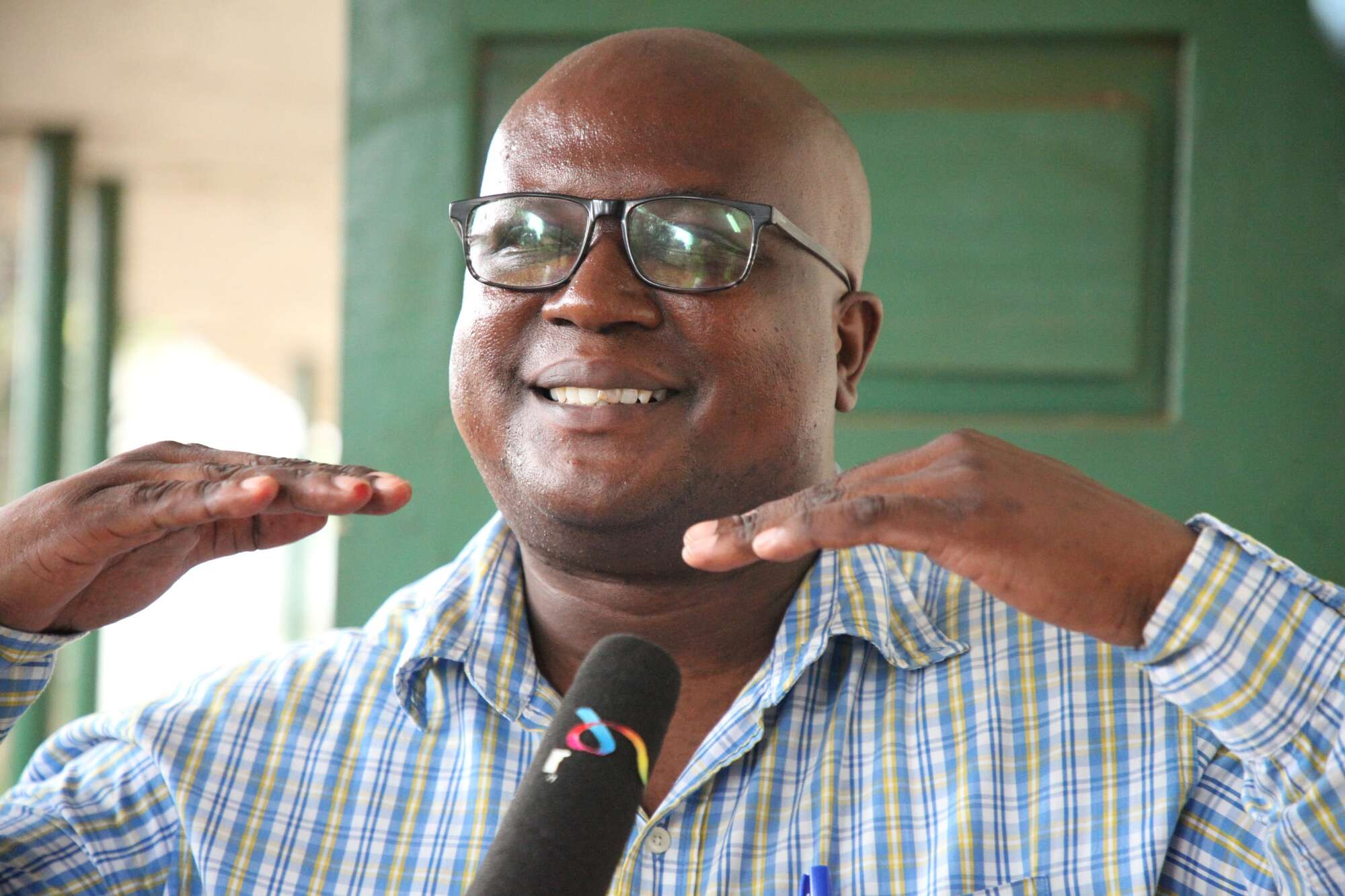Kenya’s total public debt for the first time exceeded KSh9 trillion ($72 billion), in December, bringing the nation one step closer to the KSh10 trillion ($80 billion) cap established by Parliament in June of last year.
This comes at a time when the country’s external debt obligations are under increased strain due to the weak Kenyan shilling, with about 69.3% of that debt being denominated in US dollars.
Public debt, which is made up of KSh4.472 trillion ($36 billion) in domestic debt, KSh37.88 billion ($303 million) in publicly guaranteed debt, and KSh4.673 trillion ($37 billion) in external debt, reached KSh9.145 trillion ($73 billion) in December, according to data from the Central Bank of Kenya (CBK).
According to earlier projections by the Parliamentary Budget Office (PBO), the debt is expected to surpass KSh9.44 trillion ($75 billion) by June, falling barely KSh560 billion ($4.5 billion) short of the debt ceiling.
The public debt ceiling was raised by the National Assembly in June 2017 to KSh10 trillion ($80 billion), allowing the government to borrow KSh846 billion ($6.8 billion) to close the budget deficit in the fiscal year 2022–2023.
A budgetary deficit of KSh695.2 billion ($5.6 billion) in President William Ruto’s first budget of KSh3.641 trillion ($29.1 billion) for 2023–24 will necessitate a second consecutive increase in the debt ceiling by Parliament in order to keep borrowing within the bounds of the law.
Kenya’s Treasury aims to use KSh198.6 billion ($1.6 billion) in external loans and KSh496.6 billion ($4 billion) in local loans to close the budget deficit in the upcoming fiscal year.
The Kenyan government is likewise moving forward with its plans to substitute a debt anchor represented in present value terms as a ratio of gross domestic product for the nominal debt ceiling.
The new framework will “strengthen the credibility of the government’s approach to reduce debt risks by strengthening transparency and accountability surrounding the envisaged path to achieving the medium-term anchor,” Treasury told the International Monetary Fund in December.
The PBO, which advises legislators on budgetary issues, cautioned that due to the massive accumulation of debt, spending on debt servicing and other routine expenses will continue to compete with money for development.
Over the past few years, debt service costs have climbed, rising from KSh850.01 billion ($6.8 billion) in fiscal year 2021/22 to KSh1.3 trillion ($10.4 billion) in fiscal year 2022/23. In 2024/25, it is predicted that this will rise to KSh1.8 trillion ($14.4 billion).
According to PBO, some of the factors causing the faster growth in recurrent expenditure relative to economic production include increased expenditure on public debt interest payments together with increases in expenditure on operations and maintenance.
Debt servicing costs as a percentage of regular revenue climbed from 49% in 2019–20 to 65% in 2022–20. This shows that instead of addressing the demands for productive expenditures, generated resources are progressively being utilized to pay down the public debt, which is a non-productive expenditure.
Additionally, it added, “the portion of ordinary revenue utilized to cover interest payments on the public debt climbed from approximately 15% in 2013/14 to almost 30% in 2021/22.”
President Ruto aims to dramatically improve revenue collection, remove fuel, energy, and food subsidies, and speed up state-owned entity reforms to reduce their dependency on government money in order to relieve spending pressures in his first budget.
A retinue of new tax measures will underpin Treasury’s expectation that it will raise KSh2.89 trillion ($23.1 billion) in revenues in 2023–24, a 15.1% rise from the KSh2.51 trillion ($20.1 billion) anticipated to be collected in the current financial year.
“To maintain debt sustainability, the fiscal policy continues to pursue growth-friendly budgetary consolidation. This will be accomplished through increasing tax collection, reducing non-core spending, and giving high impact social and investment spending priority, according to Treasury’s draft budget policy statement for 2023.
In an effort to ease pressure on a bankrupt Treasury, President Ruto has pledged to cut non-priority spending by KSh300 billion ($2.4 billion) from the current year’s budget. The Cabinet last week announced that the reduction will be included in the supplementary budget.
Regarding the situation of the economy, Cabinet approved Supplementary Estimates No. 1 for FY2022/23, which aligns the national budget for that year with the administration’s aims. According to a Cabinet statement, the extra budget “gives effect to the Presidential direction to realize savings of KSh300 billion as a measure to manage the fiscal deficit.”



